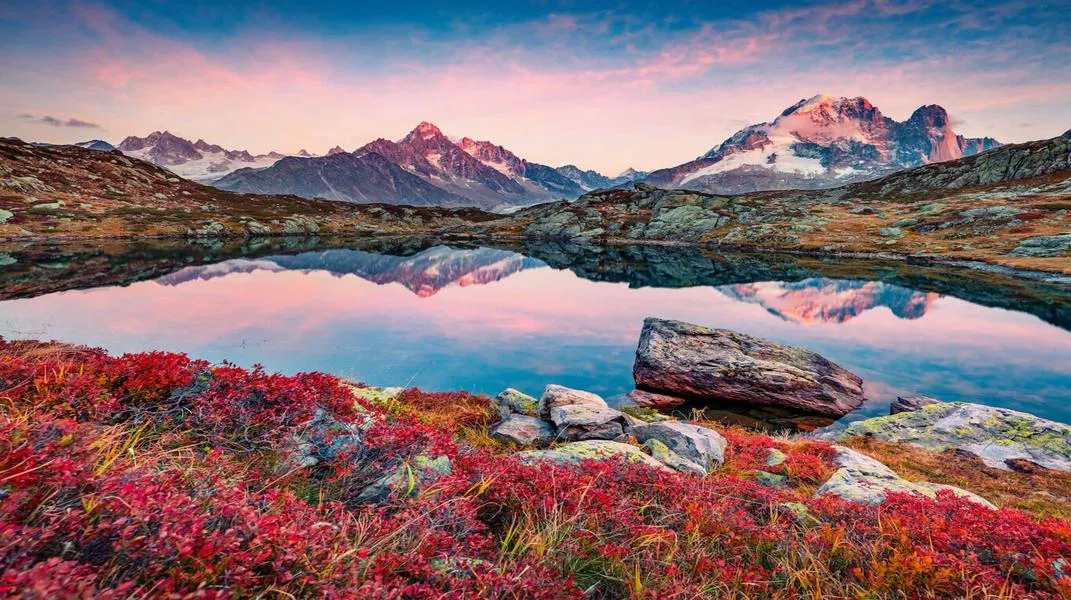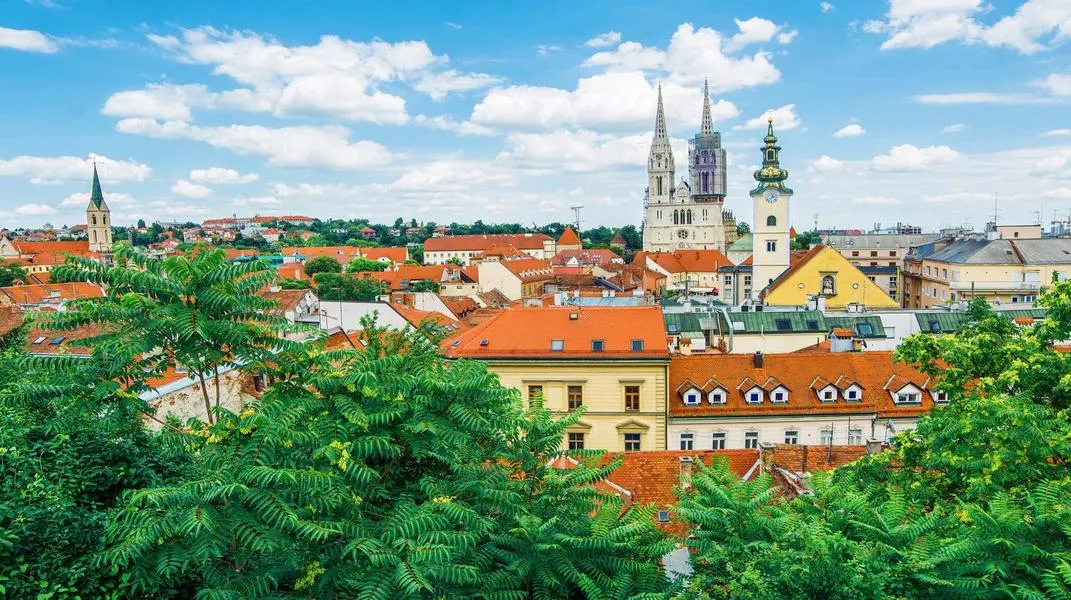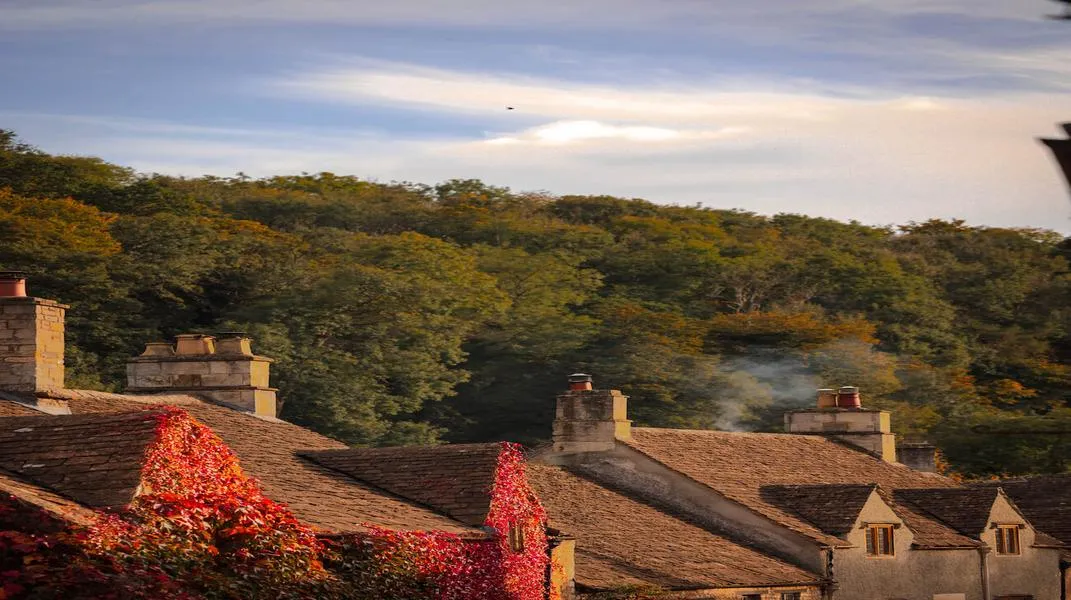Discovering the French Alps: A Comprehensive Guide for Travelers
The French Alps, a stunning mountain range that stretches across the southeastern part of France, are renowned for their breathtaking landscapes, vibrant culture, and an array of outdoor activities that attract millions of tourists each year. From adrenaline-pumping skiing in the winter to serene hiking trails in the summer, the French Alps offer something for everyone. This article will provide a detailed overview of this remarkable region and prepare you for your visit, including the essential materials you'll need.

The Allure of the French Alps
Natural Beauty
The French Alps boast some of the most picturesque scenery in the world. Towering peaks, lush valleys, and sparkling lakes create a stunning backdrop for any traveler. Mont Blanc, the highest mountain in the Alps and Western Europe, rises to an impressive 4,808 meters (15,774 feet) and is a must-see for visitors. The region is home to several national parks, including the Vanoise National Park, which features diverse flora and fauna alongside spectacular alpine scenery.
Outdoor Activities
One of the main attractions of the French Alps is the plethora of outdoor activities available year-round. In winter, the Alps transform into a winter wonderland, drawing skiers and snowboarders from all over the globe. Renowned ski resorts such as Chamonix, Courchevel, and Val d’Isère offer world-class slopes for all skill levels, along with charming alpine villages filled with cozy chalets and lively après-ski scenes.
As the snow melts and summer approaches, the mountains invite hikers, mountain bikers, and climbers to explore their vast networks of trails. The Tour du Mont Blanc is a popular multi-day trek that showcases the stunning beauty of the region, while numerous lakes, such as Lake Annecy and Lake Bourget, offer opportunities for swimming, kayaking, and paddleboarding.
Cultural Richness
The French Alps are not only about stunning landscapes and outdoor activities; they are also steeped in rich culture and history. The region is dotted with charming towns and villages, such as Annecy, known for its canals and medieval architecture, and Chamonix, with its vibrant atmosphere and history as a mountaineering hub. Visitors can explore historic sites, enjoy local cuisine, and immerse themselves in the unique alpine culture.
Preparing for Your Visit
To make the most of your trip to the French Alps, proper preparation is essential. Below is a comprehensive checklist of materials and items to consider when planning your visit.
Travel Documents
- Passport and Visa: Ensure your passport is valid for at least six months beyond your planned departure date. Depending on your nationality, you may need a visa to enter France. Check the French consulate website for specific entry requirements.
- Travel Insurance: It is highly advisable to purchase travel insurance that covers medical emergencies, trip cancellations, and other unforeseen events. Check that your policy includes coverage for activities like skiing or hiking, which may require additional coverage.
Clothing and Gear
The weather in the French Alps can vary significantly depending on the season and altitude, so it’s crucial to pack appropriate clothing and gear.
Winter Visit
- Ski Gear: If you plan to ski or snowboard, you’ll need the following:
- Ski or snowboard (rentals available)
- Ski boots
- Ski poles
- Helmet (often available for rent)
- Goggles or sunglasses
- Winter Clothing:
- Insulated ski jacket
- Waterproof ski pants
- Thermal base layers
- Warm hat and gloves
- Wool or thermal socks
- Neck gaiter or balaclava
- Footwear: Waterproof winter boots with good traction for walking in snow-covered areas.
Summer Visit
- Hiking Gear: For summer hiking, consider packing:
- Sturdy hiking boots or shoes
- Trekking poles (optional but helpful)
- Lightweight backpack
- Hydration system or water bottle
- Sunscreen and lip balm with SPF
- Summer Clothing:
- Moisture-wicking shirts
- Lightweight and breathable pants or shorts
- Fleece jacket or sweater for cooler evenings
- Rain jacket
- Accessories: Sunglasses, a wide-brimmed hat, and insect repellent.
Health and Safety
- First Aid Kit: A basic first aid kit with band-aids, antiseptic wipes, pain relievers, and any personal medications.
- Altitude Sickness Prevention: If you plan to hike at high elevations, consider consulting your doctor about altitude sickness prevention options.
- Emergency Contact Information: Keep a list of emergency contact numbers, including local emergency services (in France, dial 112).
Technology and Navigation
- Smartphone: A smartphone with a reliable camera for capturing stunning landscapes. Download useful apps, such as translation apps and navigation tools like Google Maps, which can be helpful in remote areas.
- Power Bank: A portable charger to keep your devices powered during long days of exploration.
- GPS or Map: If you plan on hiking in remote areas, consider carrying a physical map or GPS device, as cell service may be unreliable in certain regions.
Food and Beverages
- Snacks: Pack high-energy snacks, such as nuts, energy bars, or dried fruit, for long hikes or ski days.
- Water: Hydration is crucial, especially when engaging in physical activities. Bring a reusable water bottle or hydration pack.
- Local Cuisine: Make time to indulge in the local cuisine! The French Alps are known for hearty dishes such as tartiflette (potatoes with cheese, bacon, and onions), fondue, and raclette. Be sure to try local specialties at restaurants and mountain huts.
Transportation
- Car Rentals: If you plan to explore remote areas, consider renting a car. Be sure to check if you need an International Driving Permit and familiarize yourself with local driving laws.
- Public Transportation: The French Alps are well-connected by trains and buses, making it easy to reach popular destinations. Research schedules and routes in advance to plan your itinerary effectively.
- Airport Transfers: If you’re flying into major airports like Geneva, Lyon, or Grenoble, research options for airport transfers to your accommodation in the Alps.
Accommodation
- Booking: Depending on your preferences, you can choose from a variety of accommodations, including hotels, chalets, hostels, and vacation rentals. Book in advance, especially during peak seasons, to secure the best options.
- Location: Consider staying in a central location that provides easy access to outdoor activities, restaurants, and local attractions.
Conclusion
The French Alps are a treasure trove of natural beauty, outdoor adventure, and cultural richness. Whether you're skiing down the slopes in winter or hiking along breathtaking trails in summer, this stunning mountain range offers unforgettable experiences for every traveler. With careful preparation and the right materials, your visit to the French Alps will surely be an adventure of a lifetime. So pack your bags, lace up your boots, and get ready to explore one of the most magnificent regions in the world!




